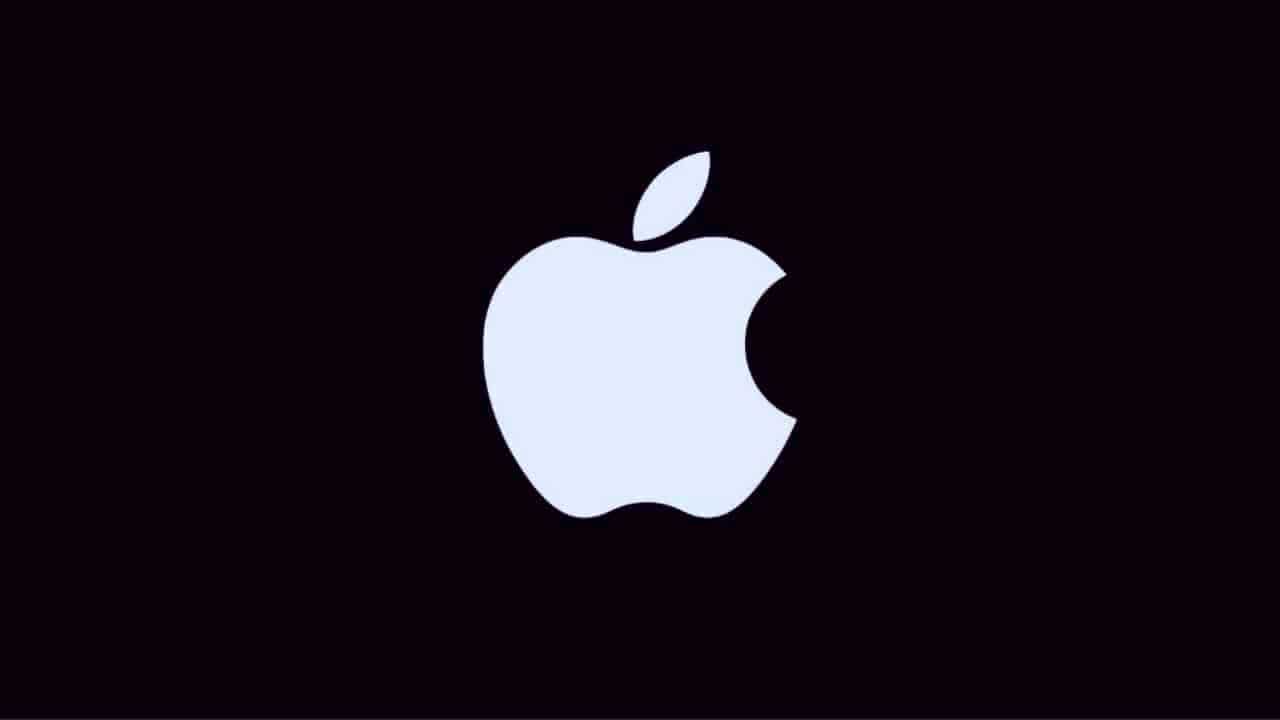Apple has made a surprising shift in its ambitious foray into augmented reality (AR) and virtual reality (VR), as production of its highly anticipated Vision Pro AR headset has recently been scaled back. Reports from Apple’s manufacturing partner, Luxshare, indicate that the Cupertino-based company has reduced production rates, and the current assembly of Vision Pro headsets may even wind down completely by the end of November. This development raises questions about Apple’s commitment to its AR strategy and how the Vision Pro fits into the company’s future.
Initial Hopes and Current Reality: Apple’s Vision Pro Hits a Roadblock
Launched at an initial price of $3,500, Apple’s Vision Pro was positioned as a pioneering product for AR, aimed at early adopters eager to experience tomorrow’s technology today. However, the sales figures have not aligned with the initial hype. The device was expected to make a major impact, but industry data paints a different picture. According to market research firm Counterpoint Research, Apple sold an estimated 370,000 units of the Vision Pro in the first three quarters of 2024.
For a comparison that highlights the challenges facing Apple’s headset, Meta’s Quest 2 and Quest 3 headsets—ahead in consumer acceptance, priced more affordably, and already integrated into the AR/VR market—sold about six million and three million units, respectively, in a similar timeframe. The Quest 3, in particular, was launched at a starting price of $500, a fraction of the Vision Pro’s cost, making it more accessible to a broader audience.
As the holiday season approaches, a period when consumer electronics traditionally see an uptick in sales, analysts project that Apple’s Vision Pro will likely see only a modest increase. Estimates suggest that Apple will add about 50,000 units in sales by the end of the year, bringing the total to around 420,000 units—well below early projections.
Luxshare’s Reduced Production and Apple’s Tactical Retrenchment
Luxshare’s involvement as the Vision Pro’s primary assembly contractor has been instrumental to Apple’s AR production strategy. However, recent reports from Luxshare reveal that production levels have dropped sharply. Initially assembling about 2,000 units per day, Luxshare is now producing just 1,000 Vision Pro headsets daily. An anonymous Luxshare employee disclosed that Apple has informed them about potentially halting production entirely by the end of November—a sign that Apple is reassessing its AR/VR approach.
This production reduction aligns with Apple’s strategic adjustments for its AR products. The Vision Pro was initially projected to be a flagship product with substantial support in Apple’s long-term roadmap. However, with slower-than-expected sales and high production costs, it seems Apple is evaluating whether the Vision Pro’s current trajectory aligns with its larger market goals.
Tim Cook’s Vision: Early Adopter Product, Not Yet for the Mass Market
Despite these challenges, Apple CEO Tim Cook has maintained a positive outlook on the Vision Pro’s market potential, framing it as an “early-adopter” product rather than a mass-market device. Speaking in a recent interview, Cook emphasized that the Vision Pro is targeted at consumers who are particularly passionate about adopting advanced technology early. “Right now, it’s an early-adopter product,” Cook said, acknowledging that the device isn’t designed for widespread, mainstream adoption at its current price.
For Cook, the Vision Pro’s purpose goes beyond immediate sales figures—it serves as a technological foundation on which Apple can build and evolve its AR/VR ecosystem. “It’s already a success today from an ecosystem-building standpoint,” he remarked, noting that getting a first-generation product to market allows developers and app creators to work with the technology and design applications for future users.
Apple’s Response to the Market: Development of a More Affordable AR Headset
Apple’s retreat in Vision Pro production is more of a tactical shift than a complete withdrawal from AR. Earlier in the year, reports from The Information revealed that Apple is working on a more budget-friendly version of the Vision Pro, tentatively scheduled for release by the end of 2025. This model, code-named N109, is expected to come with fewer features and a lower price, aligning with Apple’s strategy of introducing a tiered product range similar to what it did with the iPhone and iPad.
The development of a more affordable model suggests that Apple is listening to consumer feedback and paying attention to market trends. The high price of the Vision Pro has been a point of criticism, with many potential customers feeling priced out of Apple’s latest tech offering. The release of the N109 could broaden the appeal of Apple’s AR technology, making it more accessible to a wider audience.
While Apple had initially planned to produce enough Vision Pro components for around 8 million units over the product’s lifespan, reports indicate that this estimate has been adjusted to closer to 4 million units. This significant reduction reflects Apple’s shifting expectations for its AR products, potentially reallocating resources to the development of the more affordable N109 model.
Supply Chain Adjustments: How Apple is Streamlining Vision Pro Production
Apple’s re-evaluation of its Vision Pro production is not limited to final assembly. There have also been changes across its supply chain, with some suppliers reportedly pausing component production as early as May. Anonymous sources from three suppliers involved in producing Vision Pro components indicated that Apple has built up a stockpile of parts sufficient for approximately 500,000 to 600,000 units. This figure is far lower than the initial projections, suggesting that Apple is reducing its production goals as it repositions its AR strategy.
The Vision Pro’s manufacturing requirements are complex, as the device incorporates multiple high-end components to achieve its AR functionality. Reducing production not only minimizes the risk of surplus inventory but also allows Apple to assess consumer demand more accurately while adjusting to market conditions.
Vision Pro’s Positioning: Price vs. Value in the Eyes of Apple’s Loyal Fans
Despite the challenges in the Vision Pro’s initial rollout, Apple’s decision to position the headset as a luxury, high-end product has resonated with some die-hard fans. On social media platforms like Reddit, fans have debated the Vision Pro’s $3,500 price tag. In the r/VisionPro forum, one user compared the Vision Pro to the original Macintosh 128K desktop computer, released in 1984 at an inflation-adjusted price of approximately $7,300. “The original Macintosh was a $7,000 (in today’s dollars) piece of consumer tech that kind of changed the world,” they wrote, arguing that the Vision Pro has the potential to follow a similar trajectory.
Apple’s high-end pricing strategy is often associated with its brand identity—its products are seen as symbols of luxury and innovation. Some Vision Pro users view the headset’s current limitations as reminiscent of early Apple devices, which gradually improved through updates and additional features over time.
Tim Cook’s Long-Term Vision for Vision Pro and AR Ecosystem Development
For Tim Cook, the Vision Pro’s success lies not in immediate mass adoption but in its role as a foundational piece for Apple’s AR ecosystem. Drawing comparisons to previous product launches like the iPod, iPhone, and AirPods, Cook noted that none of these products became overnight successes. Instead, they each saw incremental improvements, evolving into cultural icons that shaped consumer technology.
By introducing the Vision Pro, Cook aims to establish a base for future AR products, allowing developers to create applications and experiences that will eventually drive broader consumer interest. “Over time, everything gets better,” Cook remarked, underscoring Apple’s commitment to long-term product refinement. Cook’s approach suggests that Apple is willing to take a slow, steady path with AR technology, focusing on building a robust ecosystem before pushing for widespread consumer adoption.
Meta’s Quest Dominance and Apple’s Competitive Challenge
In contrast to Apple’s slow-build strategy, Meta’s approach to AR/VR has been marked by aggressive pricing and a focus on accessibility. With the Quest 2 and Quest 3 priced significantly lower, Meta has been able to capture a sizable portion of the AR/VR market, especially among mainstream consumers. Meta’s focus on affordability has proven to be a winning strategy, allowing it to ship millions of units and create a substantial user base.
As Apple shifts its AR focus towards a more budget-friendly Vision Pro model, the competition with Meta will likely intensify. While Meta’s Quest headsets have become popular for gaming and entertainment, Apple’s Vision Pro aims to position itself as a productivity and creative tool, targeting a different segment of the market.
Future Prospects for Apple’s AR Vision
Apple’s decision to scale back Vision Pro production reflects a strategic recalibration rather than a full retreat. By developing a more affordable Vision model, Apple is positioning itself for a more sustainable entry into the AR/VR market. The introduction of the N109 could provide a pathway for Apple to gain broader market acceptance while continuing to refine the Vision Pro for those interested in high-end AR technology.
As Apple recalibrates its AR strategy, it remains to be seen how the Vision Pro will evolve in the coming years. With competitors like Meta pushing forward in the AR/VR space, Apple faces the challenge of balancing innovation with affordability. However, with Tim Cook’s emphasis on a gradual ecosystem-building approach, Apple may be setting the stage for a long-term AR/VR strategy that could ultimately reshape the market.





































